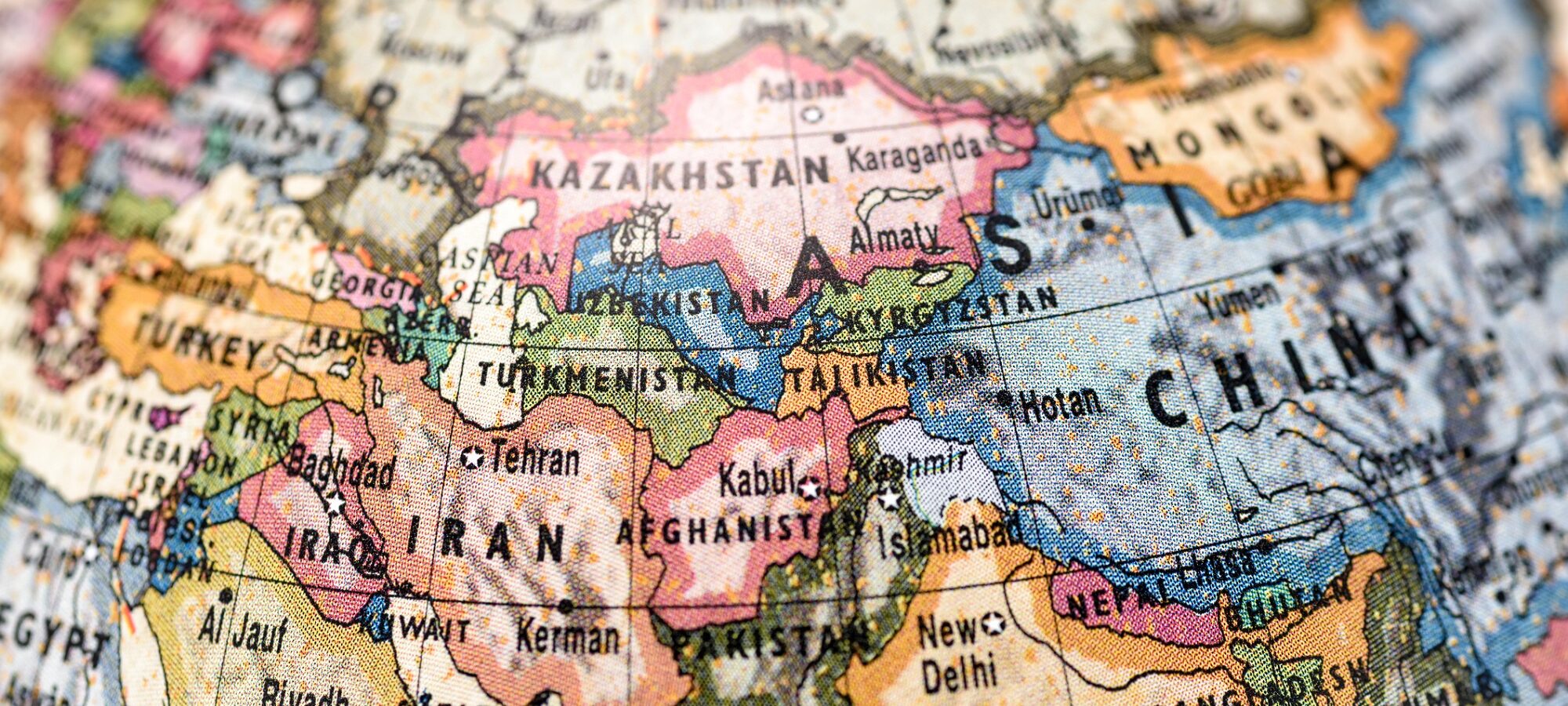The Russia-Ukraine war made the fortune of Central Asia. Le Monde report

Since the start of the war in Ukraine, exports and the transfer of workers from Central Asia to Russia have increased, according to new economic forecasts from the European Bank for Reconstruction and Development. The Le Monde article
The war in Ukraine and Western sanctions have not only reshuffled the energy map of Europe – we read in the article in Le Monde . They also changed the nature and volume of trade between Russia and its neighbors. In particular, Central Asia, which is expected to post solid growth of 5.7% this year, following 4.5% in 2022, according to new forecasts from the European Bank for Reconstruction and Development (EBRD), published Wednesday 27 September.
“Activity in this region is driven by government spending, exports of raw materials to China, earnings from exports and re-exports to Russia, the migration of workers to Russia and the remittances they send back home,” he explains Beata Javorcik, chief economist of the institute.
Following the introduction of economic sanctions in March 2022, direct exports from the European Union (EU), the United Kingdom and the United States to Moscow fell sharply. At the same time, however, sales from Europe to Armenia, Kazakhstan and the Kyrgyz Republic have increased, as have trade flows from Central Asia and the Caucasus to Russia, which have more than doubled since 2021.
These re-exports of goods “can be used to circumvent sanctions, but on a limited scale,” according to a study by the EBRD, an institution created in 1991 after the fall of the communist bloc to support Central and Eastern Europe's transition to a market economy.
Work movements
In detail, EU exports to the Kyrgyz Republic are now 307% higher than the level recorded in the period 2017-2021. “Direct sales of goods from Central Asia to Russia have also increased, in particular textiles from the Kyrgyz Republic and household appliances produced in Uzbekistan,” explains the EBRD. Significant investments in warehouses, logistics and transportation, linked to increased trade flows, also stimulated growth. A growing percentage of this goods trade is invoiced in yuan, helping to strengthen China's economic influence in the region.
And that's not all. Because many Russians have been mobilized to the front, because local factories are starting to produce what can no longer be imported, Russia needs manpower. As a result, “Russia welcomed 3.5 million new migrant workers in 2022, 90% of them from Central Asia,” highlights Beata Javorcik.
Small labor movements were also observed in the other direction. Russians, especially those working in new technologies, fled their country to settle abroad: in the three months following the start of the war, 2,000 Russian-owned companies were registered in Kazakhstan,” adds Beata Javorcik. This influx of skilled workers also benefits the region.
The slowdown in Germany weighs
Eastern Europe and the Baltic states, however, are doing much less well. Their economies overall are expected to grow by just 0.5% in 2023, after 3.9% in 2022, according to the EBRD.
The German motor slowdown is weighing on the region, where many German automakers have set up their factories and subcontracting networks – exports to Berlin account for almost 20% of the Czech Republic's gross domestic product. Additionally, energy prices are still four times higher than those of gas in the United States, which affects the industrial competitiveness of the Old Continent.
(Extract from the eprcommunication press review)
This is a machine translation from Italian language of a post published on Start Magazine at the URL https://www.startmag.it/mondo/asia-centrale-russia/ on Sat, 30 Sep 2023 05:41:24 +0000.
